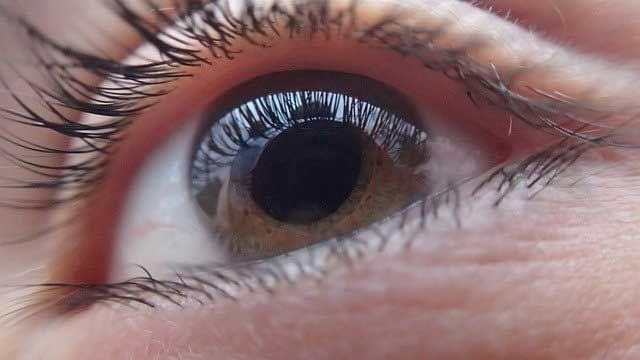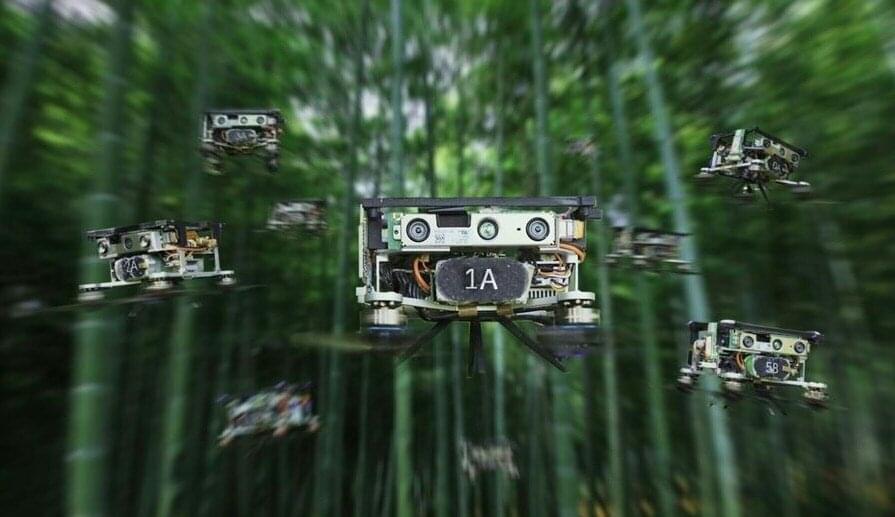Researchers have identified distinct differences among the cells comprising a tissue in the retina that is vital to human visual perception. The scientists from the National Eye Institute (NEI) discovered five subpopulations of retinal pigment epithelium (RPE)—a layer of tissue that nourishes and supports the retina’s light-sensing photoreceptors. Using artificial intelligence, the researchers analyzed images of RPE at single-cell resolution to create a reference map that locates each subpopulation within the eye. A report on the research published in Proceedings of the National Academy of Sciences.
“These results provide a first-of-its-kind framework for understanding different RPE cell subpopulations and their vulnerability to retinal diseases, and for developing targeted therapies to treat them,” said Michael F. Chiang, M.D., director of the NEI, part of the National Institutes of Health.
“The findings will help us develop more precise cell and gene therapies for specific degenerative eye diseases,” said the study’s lead investigator, Kapil Bharti, Ph.D., who directs the NEI Ocular and Stem Cell Translational Research Section.






